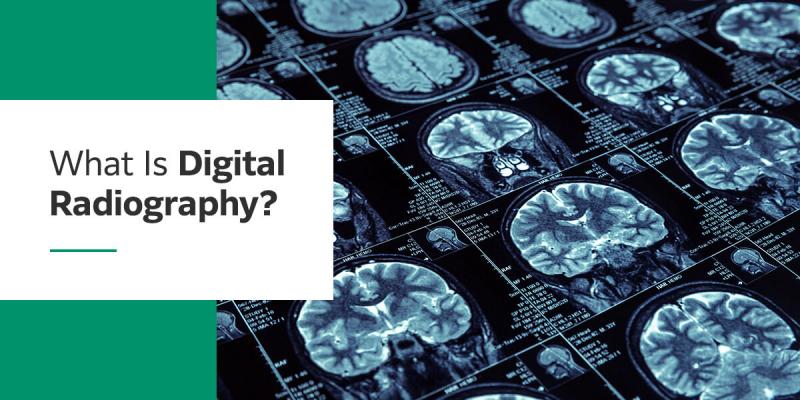In recent years, the field of medical imaging has witnessed a monumental transformation with the introduction and rapid adoption of digital radiography. This revolutionary technology has redefined the way medical professionals capture, process, and interpret diagnostic images, offering a myriad of benefits that have significantly improved patient care and diagnostic accuracy.
The Evolution of Digital Radiography: Traditional radiography, based on X-ray film, has been the backbone of medical imaging for over a century. However, it had its limitations, including time-consuming image development and processing, as well as the need for physical storage space. The advent of digital radiography changed this landscape by replacing the conventional film with electronic detectors, allowing images to be captured, displayed, and stored digitally.
Real-time Imaging and Efficiency: One of the primary advantages of digital radiography is its ability to provide real-time imaging. Unlike traditional methods that required film development, digital radiography offers instant image acquisition, reducing the waiting time for patients and increasing overall efficiency in healthcare settings. This speed is particularly beneficial in emergency situations, where prompt diagnosis is critical for optimal patient outcomes.
Lower Radiation Dose: Digital radiography systems are designed to optimize image quality while reducing radiation exposure to patients. The technology enables the fine-tuning of X-ray beam intensity, limiting the dosage to the minimum required for accurate diagnosis. This lower radiation dose not only enhances patient safety but also addresses concerns regarding cumulative radiation exposure during repeated imaging procedures.
Enhanced Image Quality and Manipulation: Digital radiography delivers exceptional image quality, offering higher resolution and greater detail compared to traditional X-ray films. The digital format enables medical professionals to manipulate and enhance images, zooming in on specific areas, adjusting contrast and brightness, and applying various filters to highlight certain structures or abnormalities. This feature aids radiologists in making more accurate diagnoses and helps avoid the need for repeat imaging.
Storage and Accessibility: Digital radiography eliminates the need for physical storage of X-ray films, which often took up considerable space and required proper archival procedures. Electronic storage allows for the safe and convenient preservation of medical images, facilitating quick access to patients' historical data when needed. Furthermore, the digitization of medical records integrates seamlessly with hospital information systems, improving workflow efficiency and data management.
Telemedicine and Remote Consultation: The digitization of radiographic images enables their easy transfer over secure networks, facilitating telemedicine and remote consultation. Physicians and specialists from different locations can access and review patient images in real-time, enabling collaboration and expertise sharing. This capability is especially valuable for medical facilities in rural or underserved areas, where access to specialized care may be limited.
Economic and Environmental Impact: Digital radiography contributes to cost savings in the long run by reducing the need for X-ray films, chemicals, and storage materials. Additionally, the elimination of film processing chemicals has positive environmental implications, as it reduces hazardous waste production. Moreover, digital radiography systems tend to have a longer lifespan than traditional film-based machines, leading to reduced electronic waste generation.
Continual Advancements and Artificial Intelligence Integration: As technology continues to evolve, digital radiography systems are becoming even more sophisticated. Integration with artificial intelligence (AI) algorithms is a promising area, where AI can aid in image analysis, detection of abnormalities, and even suggest potential diagnoses, further enhancing diagnostic accuracy and efficiency.
In conclusion, digital radiography has indeed revolutionized medical imaging. Its real-time imaging capabilities, lower radiation dose, enhanced image quality, storage convenience, and potential for AI integration have all significantly contributed to improved patient care and better diagnostic outcomes. As this technology continues to evolve, it holds the promise of further advancements that will continue to shape the future of medical imaging and healthcare delivery.
